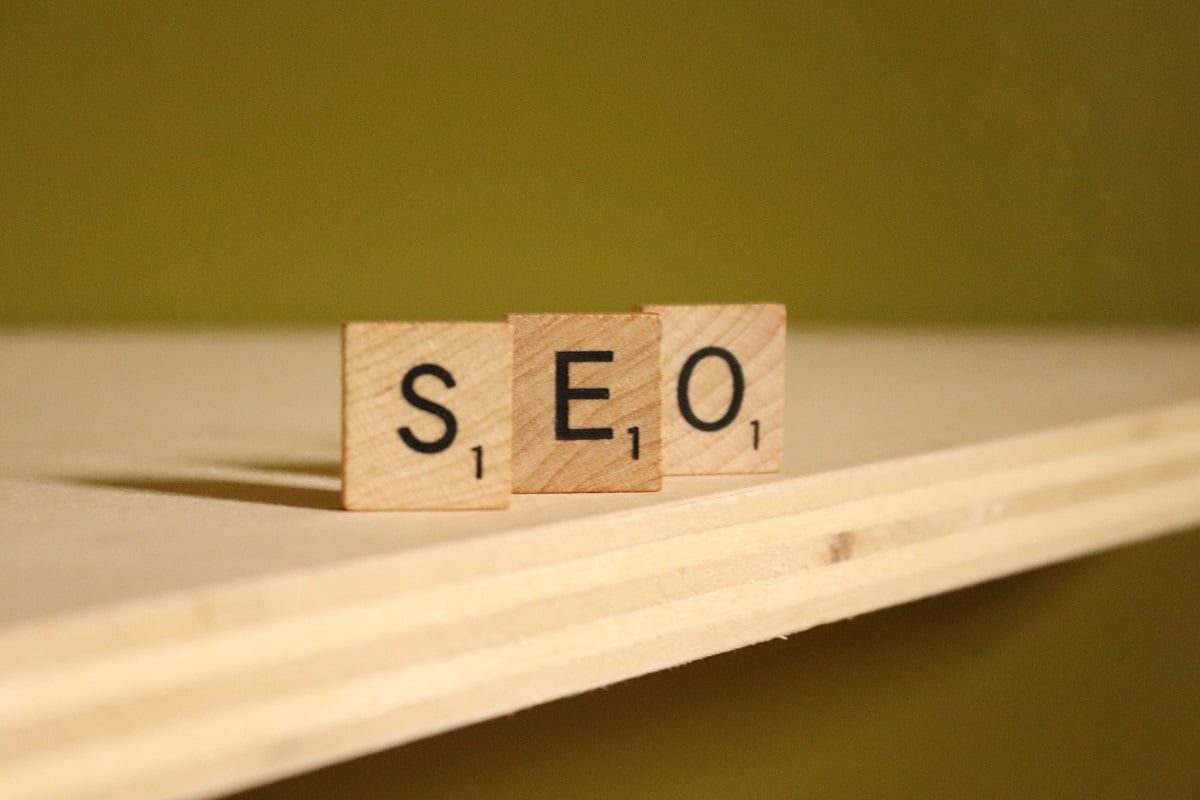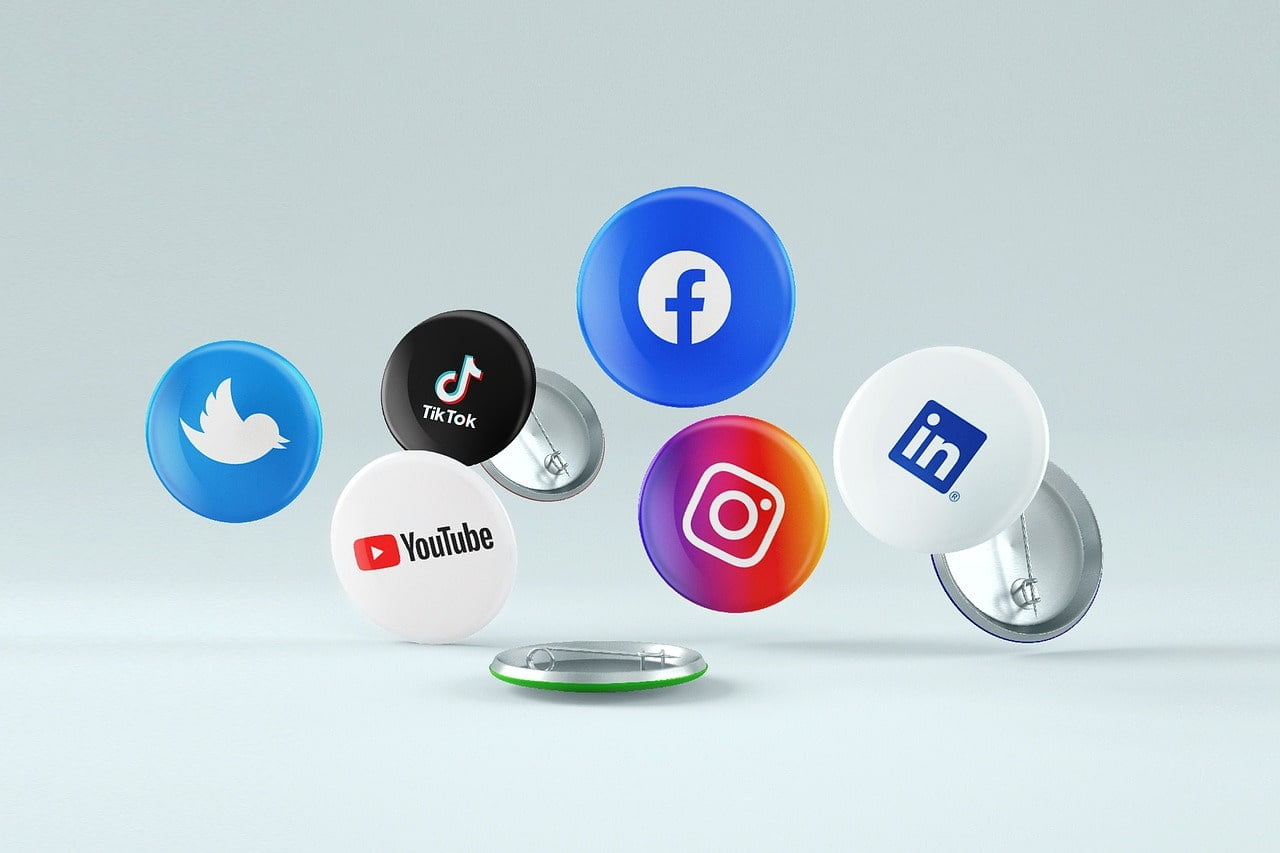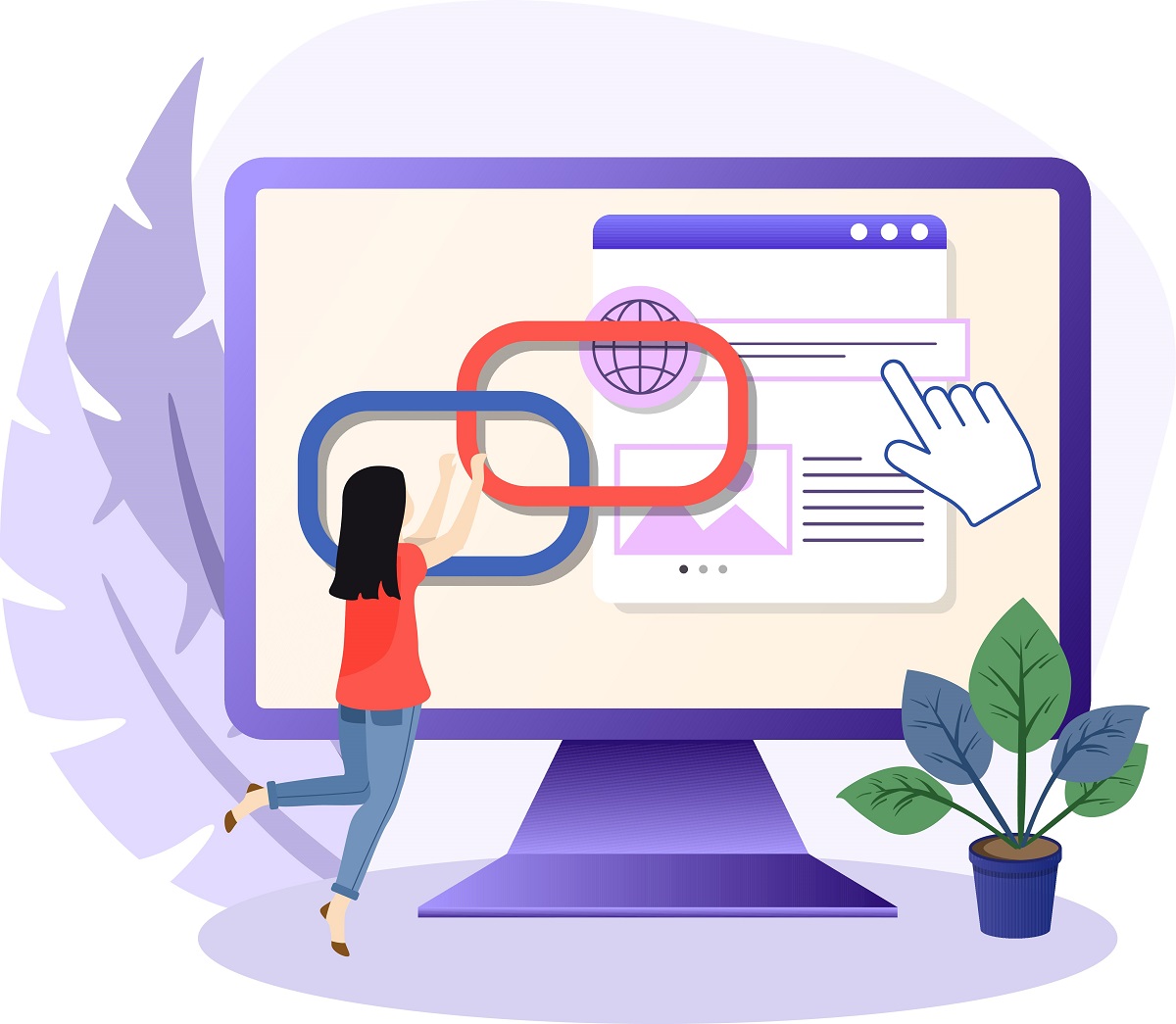Mastering On-Page SEO: Best Practices and Techniques

If you’re looking to optimize your website for search engines, then On-Page SEO is a must. On-Page SEO refers to the various techniques and practices that are used to optimize individual pages of a website for search engines. By following the best practices and techniques outlined in this comprehensive guide, you can improve your website’s visibility and ranking in the US market.
Whether you’re a seasoned professional or just starting, this guide will provide you with everything you need to know to get started with On-Page SEO optimization. From understanding the basics of On-Page SEO to conducting keyword research, creating engaging content, optimizing your website for mobile, and more, we’ve got you covered.
Key Takeaways:
- On-Page SEO is a crucial aspect of website optimization.
- Implementing the best practices and techniques can enhance your website’s visibility in search engine results.
- Effective On-Page SEO optimization involves conducting thorough keyword research and creating high-quality, engaging content.
- Optimizing your website for user experience and for mobile devices is equally important as it can significantly impact your website’s search engine ranking.
- Internal and external linking strategies can improve your website’s relevance and authority in search engines.
Understanding On-Page SEO
On-Page SEO refers to the practice of optimizing website content and HTML source code to improve its visibility and ranking in search engine results pages. This process involves various techniques, including keyword research, optimizing content, title tags, meta descriptions, header tags, and URL structure.
On-Page SEO is an essential component of SEO optimization and website optimization, as it focuses on factors that are under the control of website owners and webmasters. By improving On-Page SEO, website owners can enhance their organic SEO efforts and boost their website’s visibility in search engine rankings.
While On-Page SEO is only one aspect of SEO, it is crucial to understand its importance and how it differs from other SEO tactics. On-Page SEO is distinct from off-page SEO that refers to external factors such as backlinks or social media activity. On-Page SEO focuses entirely on the website itself, including its content, structure, and HTML code.
Conducting Keyword Research
Before you start optimizing your website for search engines, you need to conduct thorough keyword research. Keyword research is the process of identifying specific words and phrases that your target audience is using to find information related to your business.
Conducting effective keyword research is vital to developing an on-page SEO strategy that works. By using the right keywords, you can attract the right audience to your website and improve your search engine rankings.
Steps for Conducting Keyword Research
Here are some steps to follow when conducting keyword research for effective on-page SEO:
- Identify and research your target audience.
- Brainstorm a list of relevant topics and keywords related to your business.
- Use keyword research tools, such as Google Keyword Planner, to identify relevant search terms and phrases.
- Analyze your competitors’ websites for the keywords they are using and performing well on.
- Refine your list of keywords to prioritize those that are most relevant to your target audience and have the highest search volume.
By following these steps, you can develop a comprehensive list of keywords that will help you optimize your website for search engines and attract the right audience to your website.
Utilizing Keywords on Your Website
Once you have identified your list of keywords, you need to utilize them effectively on your website. Here are some on-page SEO techniques for using keywords on your website:
- Include relevant keywords in your website’s title tag and meta description.
- Add keywords to your website’s header tags, such as H1, H2, and H3 tags.
- Optimize your website’s content by adding relevant keywords naturally throughout your pages.
- Add alt tags to your website’s images and multimedia, using relevant keywords when appropriate.
- Use a variety of related keywords to avoid keyword stuffing and improve the relevancy of your content.
By utilizing keywords effectively, you can improve your on-page SEO, attract relevant traffic to your website, and increase your search engine rankings.
Creating Engaging and SEO-Friendly Content
When it comes to On-Page SEO, content is king. Creating engaging and SEO-friendly content is crucial for improving your website’s visibility and ranking in search engine results. Here are some tips and best practices for optimizing your content:
- Utilize keywords: Incorporate relevant keywords into your content to improve organic SEO. However, avoid keyword stuffing, which can lead to penalties from search engines. Use keywords naturally and strategically throughout your content.
- Write quality content: Focus on creating high-quality, informative content that appeals to your target audience. Avoid low-quality, duplicate, or thin content, which can negatively impact your ranking.
- Use descriptive headings: Use header tags (h1, h2, h3, etc.) to create descriptive headings. This not only improves the readability of your content but also provides valuable signals to search engines.
- Include multimedia: Incorporate images and videos into your content to make it more engaging and appealing to users. However, make sure to optimize multimedia elements, including file names and alt tags, for search engines.
- Make it shareable: Include social sharing buttons to encourage users to share your content on their social media profiles. This can increase your website’s visibility and drive more traffic to your site.
- Format for readability: Use short paragraphs, bullet points, and subheadings to enhance the readability of your content. This not only makes it more digestible for users but also improves its ranking potential.
By implementing these on-page SEO best practices and techniques for improving your content, you can enhance your website’s visibility and ranking on search engines.
Optimizing Title Tags and Meta Descriptions
Title tags and meta descriptions are vital elements of On-Page SEO. They provide concise information about the content of web pages and help search engines understand what the pages are about. Optimizing title tags and meta descriptions is crucial for SEO optimization and improving the on-page SEO performance of a website.
What are Title Tags?
Title tags are HTML elements that indicate the title of a web page. They appear as clickable headlines in search engine results pages (SERPs) and web browsers. Title tags should be descriptive, concise, and accurately reflect the content of the page. They should also contain relevant keywords to improve on-page SEO and attract users to click through to the page.
Best Practices for Optimizing Title Tags:
| DOs | DON’Ts |
|---|---|
| Keep it under 60 characters | Use generic or vague titles |
| Include the primary keyword | Keyword stuffing |
| Use branding in the title | Use the same title on multiple pages |
| Make it compelling and descriptive | Write misleading titles |
What are Meta Descriptions?
Meta descriptions are HTML attributes that provide a brief summary of a web page’s content. They appear below the title tag in SERPs and serve as a call to action for users to click through to the page. Meta descriptions should be persuasive, informative, and contain relevant keywords that match the user’s search query.
Best Practices for Optimizing Meta Descriptions:
| DOs | DON’Ts |
|---|---|
| Keep it under 155 characters | Write duplicate meta descriptions |
| Include the primary keyword | Keyword stuffing |
| Make it compelling and descriptive | Write misleading descriptions |
| Include a call to action | Leave it blank |
Optimizing title tags and meta descriptions is an effective on-page SEO technique that can improve the visibility and ranking of a website in the US market. By following the best practices outlined above, website optimization and SEO optimization efforts can be significantly enhanced.
Utilizing Header Tags and Subheadings
Header tags and subheadings are essential elements of on-page SEO. They not only help organize your content but also provide valuable signals to search engines. To improve your on-page SEO, here are some best practices for utilizing header tags and subheadings:
Use Header Tags for Hierarchy
Header tags (H1, H2, H3, etc.) should be used to denote the hierarchy of your content. The H1 tag should be used for the main title of the page, while H2 and H3 tags can be used for subheadings and sub-subheadings, respectively. This hierarchy helps search engines understand the structure of your content and prioritize the most important information.
Include Relevant Keywords
When writing your subheadings, be sure to include relevant keywords that you want to rank for. This not only helps with SEO optimization but also provides readers with a clear idea of what the content is about. However, be careful not to overdo it with keyword stuffing, as this can actually hurt your on-page SEO.
Make Subheadings Descriptive and Engaging
Subheadings should not only be informative but also engaging for the reader. Use them to break up the content into digestible chunks and make it easier to read. Additionally, make sure the subheadings accurately describe the content that follows so that readers can easily navigate to the information they need.
Use Bulleted and Numbered Lists for Clarity
Lists are a great way to make your content more accessible and easy to read. Use bullet points or numbered lists to break up the text and emphasize important information. This also helps search engines understand the structure of your content and prioritize the most relevant information.
By utilizing header tags and subheadings effectively, you can improve your on-page SEO and enhance the readability of your content. Be sure to follow these best practices for on-page SEO techniques and on-page SEO best practices to optimize your website and improve your chances of ranking higher in search engine results.
Optimizing URL Structure
When it comes to On-Page SEO, optimizing your website’s URL structure can significantly impact its visibility in search engine results. By following these best practices, you can improve your website’s URL structure, making it more user-friendly and optimized for search engines:
- Use descriptive and concise URLs: Create URLs that accurately reflect the content on the page and provide relevant information to both users and search engines.
- Avoid excessive keywords: While it’s important to include relevant keywords in your URL, avoid stuffing them in, which can appear spammy and negatively impact your rankings.
- Avoid lengthy and complicated URLs: Keep your URLs short and to the point, avoiding unnecessary characters or parameters that can make them difficult to read and remember.
- Create a logical hierarchy: Organize your website’s pages and structure in a logical hierarchy, using subdirectories to clearly indicate the relationship between pages.
- Ensure a consistent URL structure: Use a consistent URL structure throughout your website, making it easier for users and search engines to navigate and understand your website’s organization.
Enhancing User Experience and Mobile Optimization
User experience (UX) and mobile optimization are crucial factors in On-Page SEO. With the majority of website traffic coming from mobile devices, it’s essential to optimize your site for a mobile-friendly experience.
To enhance UX, focus on providing easy navigation, clear calls-to-action, and visually appealing design. Additionally, optimize your website’s loading speed to prevent frustrating delays.
When it comes to mobile optimization, implementing a responsive design is key. This ensures that your website adapts to different screen sizes and provides a seamless experience for users on the go.
Tools for Testing Mobile Friendliness
Google’s Mobile-Friendly Test and PageSpeed Insights are excellent tools for evaluating your website’s mobile-friendliness and identifying areas that need improvement. These tools provide a detailed analysis of mobile usability issues and offer suggestions for optimizing your website for mobile devices.
Optimizing Images and Multimedia
Images and multimedia are essential elements of any website, providing valuable visual aids that can enhance user engagement and understanding. However, these elements also require optimization to ensure they do not negatively impact your On-Page SEO efforts. Here are some techniques for optimizing images and multimedia to improve your On-Page SEO:
1. Compressing Images
High-quality images can significantly slow down your website’s load time, negatively impacting user experience and search engine rankings. Therefore, it’s essential to compress your images to optimize their file size without sacrificing quality. Consider using image compression tools like JPEG optimizer, TinyPNG, or Optimizilla to compress images without compromising their visual appeal.
2. Using Descriptive File Names
Descriptive file names can help Google and other search engines understand the content and relevance of your images. Utilize accurate and descriptive file names that accurately reflect the image’s content and align with your target audience’s search intent.
3. Utilizing Alt Tags
Alt tags are HTML attributes that provide alternative text descriptions of images, allowing search engines to crawl and index them effectively. Alt tags can also improve website accessibility for visually impaired users. Ensure that your alt tags are descriptive, relevant, concise, and aligned with the search intent of your target audience.
4. Embedding Videos Responsibly
Videos can add value to your website, but they can also slow down your website and negatively impact user experience if not embedded responsibly. Consider using video hosting platforms like Vimeo or YouTube instead of self-hosting videos. Embed videos using responsive designs to ensure they adapt to different screen sizes and utilize descriptive titles and descriptions.

Implementing Internal and External Linking Strategies
Linking strategies are essential for improving on-page SEO and optimizing your website for search engines. Internal links help search engines understand the hierarchy and relevance of your content, while external links increase your website’s authority and credibility. Here are some tips for implementing effective linking strategies:
Internal Linking Strategies
Internal linking involves linking one page of your website to another page within the same site. Here are some best practices for implementing internal linking strategies:
- Include internal links within your content, using descriptive anchor text to provide context and relevance to the linked page.
- Ensure that your internal links are relevant and add value to the user experience.
- Create a clear and organized website structure to make it easy for users and search engines to navigate your site.
- Include a sitemap on your website to help search engines crawl and index your pages effectively.
Effective internal linking can improve user engagement, reduce bounce rates, and increase the time users spend on your website.
External Linking Strategies
External linking involves linking to other websites outside of your domain. Here are some best practices for implementing external linking strategies:
- Link to high-quality, reputable websites that add value to your content and provide relevant, authoritative information.
- Avoid linking to spammy or low-quality websites, as this can negatively impact your website’s credibility and authority.
- Use descriptive anchor text to provide context and relevance to the linked page.
- Monitor your external links regularly to ensure that they are still valid and relevant.
Conclusion
Implementing effective internal and external linking strategies is crucial for improving on-page SEO and optimizing your website for search engines. By following these best practices, you can enhance the relevance, credibility, and authority of your content, improving user engagement and boosting your website’s visibility and ranking in search engine results.
Conclusion
Effective On-Page SEO is crucial for any website looking to improve its online visibility and ranking in the US market. By following the best practices and techniques outlined in this guide, you can optimize your website for search engines, enhance user experience, and achieve long-term success with your on-page SEO efforts.
Remember to conduct thorough keyword research, create engaging and SEO-friendly content, optimize your title tags and meta descriptions, utilize header tags and subheadings, optimize your URL structure, enhance user experience and mobile optimization, optimize your images and multimedia, and implement internal and external linking strategies. By doing so, you can improve your on-page SEO, drive more traffic to your website, and ultimately, increase your ROI.
Keep Improving Your On-Page SEO
Keep in mind that On-Page SEO is an ongoing process, and it’s important to continually evaluate and improve your website’s optimization. Regularly update your website with fresh and relevant content, keep up with the latest SEO trends and best practices, and track your website’s performance using analytics tools. By doing so, you can continue to enhance your on-page SEO and stay ahead of the competition in the US market.
FAQ
What is On-Page SEO?
On-Page SEO refers to the optimization techniques and strategies implemented directly on a website to improve its visibility and ranking in search engine results. It involves optimizing various elements on the webpage, such as content, title tags, meta descriptions, URL structure, and more.
How is On-Page SEO different from other SEO tactics?
On-Page SEO focuses on optimizing the individual webpages of a website, while other SEO tactics, such as Off-Page SEO, involve activities outside the website, like link building. On-Page SEO plays a crucial role in improving the relevance, user experience, and overall visibility of a website in search engine results.
Why is website optimization important for organic SEO?
Website optimization is vital for organic SEO because it helps search engines understand the content and relevance of the website’s pages. By optimizing various on-page elements, search engines can better crawl, index, and rank the website, leading to increased visibility and organic traffic.
How can I conduct keyword research for On-Page SEO?
Conducting keyword research involves identifying the relevant keywords that your target audience uses to search for your products or services. You can utilize tools like Google Keyword Planner, SEMrush, or Moz Keyword Explorer to find high-volume and low-competition keywords. Choose keywords that align with your content and integrate them strategically throughout your website.
What are some tips for creating engaging and SEO-friendly content?
To create engaging and SEO-friendly content, focus on providing valuable information to your audience while incorporating relevant keywords naturally. Structure your content with headings, subheadings, and bullet points for better readability. Use multimedia elements like images and videos to enhance the user experience. Additionally, ensure your content is original, well-written, and optimized for both users and search engines.
To optimize title tags and meta descriptions, make them concise, descriptive, and compelling. Include relevant keywords naturally within the title tag and meta description to improve their visibility in search engine results. Keep the title tag within 60 characters and the meta description within 160 characters for optimal display.
Header tags (H1, H2, H3, etc.) and subheadings help organize content and improve readability. Utilize header tags to create a hierarchical structure for your content, with H1 representing the main heading and subsequent headings as subheadings. Incorporate relevant keywords within these headers to signal their importance to search engines and enhance on-page SEO.
What are the best practices for optimizing URL structure?
Optimize your URL structure by creating descriptive and user-friendly URLs. Use keywords that accurately reflect the content of the page and separate words with hyphens. Keep URLs short, simple, and easy to read and understand. Avoid using numbers, symbols, or irrelevant characters in your URLs.
How can I enhance user experience and optimize my website for mobile devices?
Enhance user experience by optimizing your website for mobile devices. Ensure that your website is responsive and mobile-friendly, adapting seamlessly to various screen sizes. Optimize page load speed by compressing images, minimizing code, and utilizing caching. Create a user-friendly navigation structure, making it easy for visitors to browse and find relevant information on your website.
How can I optimize images and multimedia for On-Page SEO?
Optimize images and multimedia elements by using descriptive file names that include relevant keywords. Add alt tags to your images to provide alternative text for visually impaired users and improve accessibility. Compress images to reduce file size and improve page load speed without compromising quality. Additionally, consider utilizing video transcripts and captions for multimedia content.
How can I implement internal and external linking strategies for On-Page SEO?
Internal linking involves linking pages within your own website, while external linking refers to linking to external websites. Implement internal linking by using anchor texts that include relevant keywords. Link to other relevant pages on your website to improve navigation and increase the relevance and authority of your content. When it comes to external linking, link to authoritative and relevant sources to enhance the credibility of your content.





